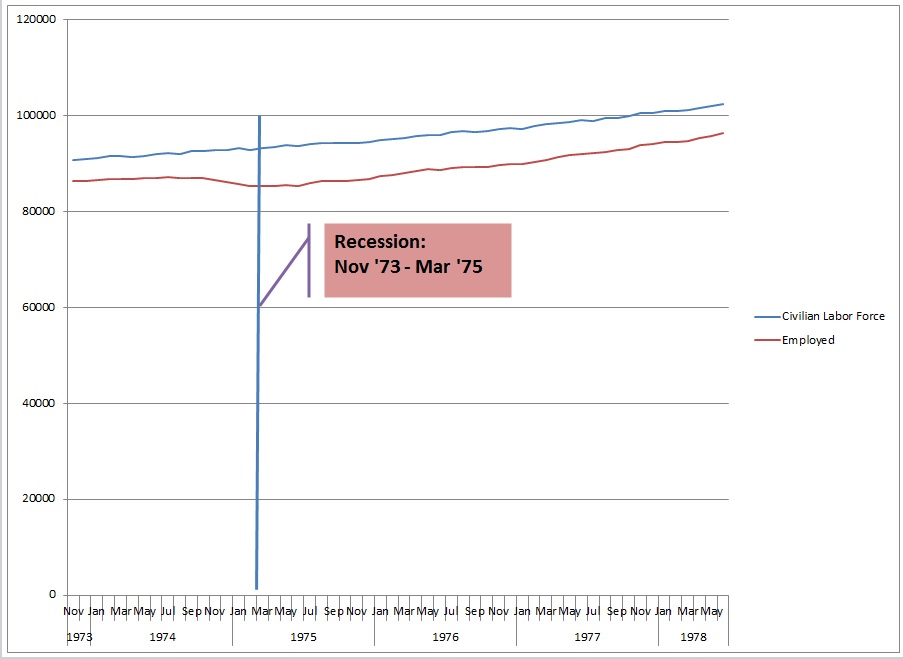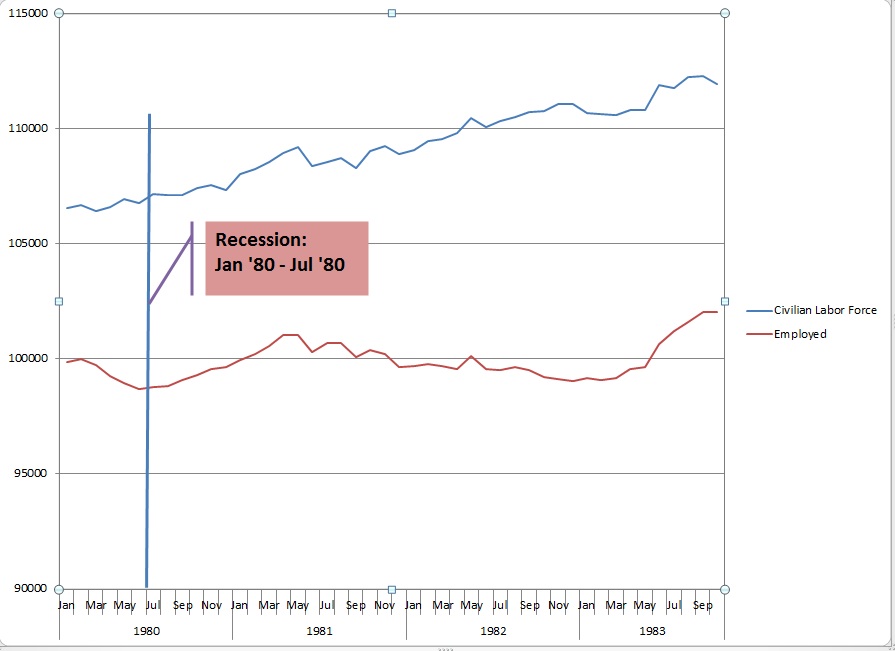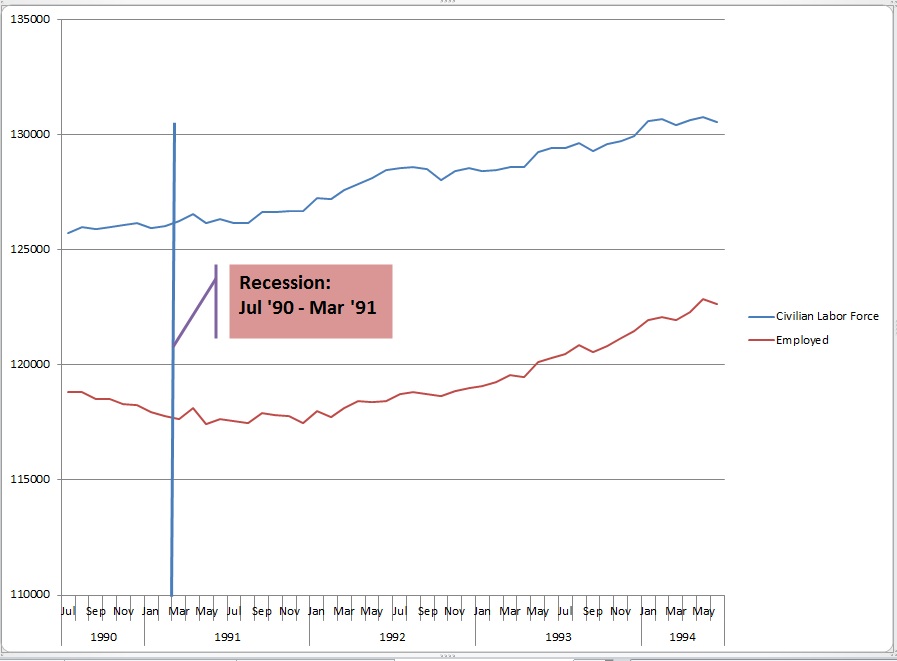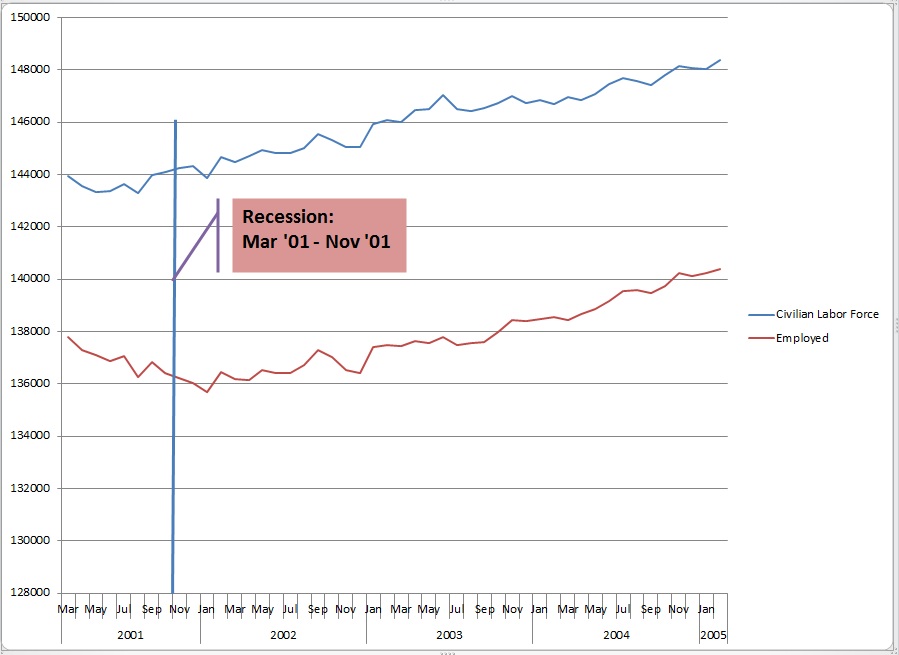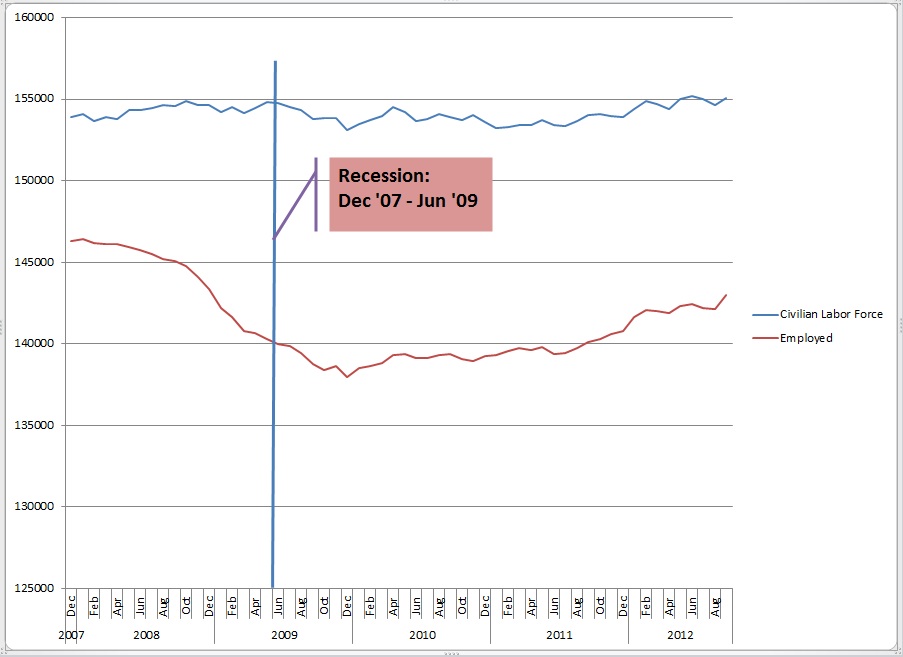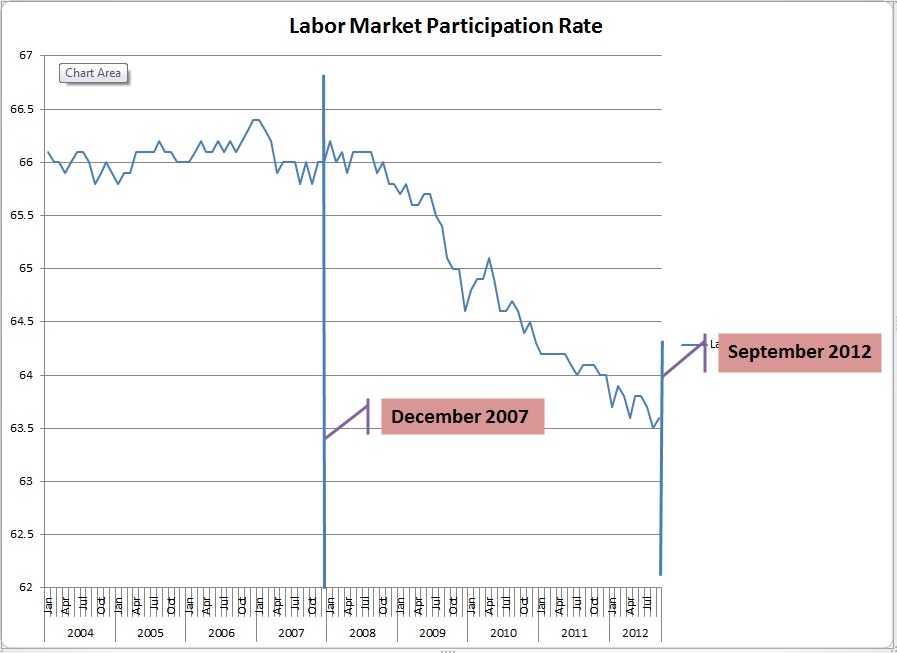Tuesday, August 21, 2012
Ignorance is curable. Stupid is forever.©
The quotes used in this post come from a transcript of the subject speech found at: http://owl.li/d7VF8
Roads and Bridges…Government Didn’t Build That – He’s Wrong Either Way
Our esteemed president recently made remarks on the campaign trail that sparked a bit of an uproar from those who have or support those who have built successful businesses. The quote is, of course,
“If you’ve got a business — you didn’t build that. Somebody else made that happen.”
We should start by answering the defensive claims that Mr. President wasn’t referring to the businesses but rather to the roads and bridges that allow commerce to occur for the business. That claim is made by expanding the offending quote to include its prequel:
“Somebody invested in roads and bridges. If you’ve got a business — you didn’t build that. Somebody else made that happen.”
Even if we expand the quote as suggested the defense is still, uh, indefensible. That’s because there are so many other quotes in the speech that validate that his intent was to say exactly what he is accused of saying. For example:
“— look, if you’ve been successful, you didn’t get there on your own.”
“You didn’t get there on your own.”
“I’m always struck by people who think, well, it must be because I was just so smart.”
“It must be because I worked harder than everybody else. Let me tell you something — there are a whole bunch of hardworking people out there.”
“If you were successful, somebody along the line gave you some help.”
“There was a great teacher somewhere in your life.”
“The Internet didn’t get invented on its own. Government research created the Internet so that all the companies could make money off the Internet.”
The last two make clear that the “someone” he keeps referring to is government. Public school teachers are government employees. It also shows he and Al Gore read the same history of the internet. Government research is NOT responsible for the internet. That’s a whole different blog post so, please, look it up.
When the speech is taken in total, the message is unmistakably clear. Successful businesses and the people who founded them are a minor component in the success of the enterprise. Without luck, being in the right place at the right time, and taking advantage of the other smart, hard workers plus government help in the form of public education, and the liberal sweethearts of roads and bridges there would be no success. This is completely consistent with the socialistic belief that the only way one becomes successful is to take unfair advantage of the system and the people in it. For example, another quote from the speech:
“There are a lot of wealthy, successful Americans who agree with me — because they want to give something back.”
The liberals are always talking about the need of successful businesses and people to “give back.” Think about the psychological implication of that. The suggestion of the need to give back stems from the desired pre-conceived concept that something has been unjustly taken. That is patently absurd. Why is a business successful in the first place? It is successful because there is a demand for the product or service provided by the business. Nothing is taken! The business exists and thrives based on voluntary trade. Give back? How about the jobs created by the business and with them the opportunity to learn, advance and improve? How about all the jobs a private business supports well outside of its own workforce? If it’s a private sector business, it depends on and is dependent on other private sector businesses for inventory, customers and supplies. And oh, by the way, all these businesses, their owners and employees are the only source of cash the government has. Please note, while it is commonplace to refer to tax receipts as “revenues”, they are not. The government does not produce goods or provide services for voluntary purchase in exchange for legitimate revenue. It simply taxes the proceeds from private trade and earnings then redistributes the wealth based on a selfish , arbitrary and period-convenient definition of fair. So please, don’t talk to entrepreneurs, innovators and business owners about “giving back.” Government should give back to us so we can pay our employees more, invest more, expand our businesses more, employ more people, grow the economy and, therefore, grow opportunity for everyone!
The United States is not a conglomeration of fixed underclasses as the liberals would have us believe. No one has any guarantee of staying up or down. No fortune is too big to lose or gain and multiple times in many cases. Opportunity. That’s the key. For a much-expanded explanation of this concept please read what has been our most popular post to date. It was written in April of 2011 and continues to be read internationally.
Progressives are not Progressive. Capitalists Are!
Class Envy in America – Square Peg and a Round Hole
http://owl.li/d809Q
He’s Wrong Either Way
Debunking the defensive claim of “that’s not what he meant” is no more difficult than reading the speech in total or even just the key quotes included here.
Now, let’s have a little fun and go a step further. Let’s give the speech explainers the benefit of the doubt. Let’s say we accept the two key clarification premises:
- He was referring to roads and bridges.
- The business would not be successful without roads and bridges.
OK, we’ll give you those…and you’re still wrong! Why? For three very important reasons.
First of all how do you Socialist-Obama-Warren-ites defend a notion that the business owner has contributed nothing to the very tax receipts used to build the roads and bridges when in fact they have borne the lion’s share of the burden by not only paying their own taxes but also providing for the taxes paid in by the employees who’ve contributed to and benefited from the businesses success??? Strike one.
Strike two is even more basic. It’s based on the free market, capitalist, conservative sweethearts of supply and demand! Folks, roads and bridges did not come first. There had to be an expectation of demand for access to the areas connected by the roads and bridges. The expectation of need for those connections goes all the way back to ancient times and was always in response to expanding commerce. The Great Silk Road across ancient Asia was not arbitrarily and benevolently built by government and then taken advantage of by business!! Have you ever seen a road that did not fulfill the expectation of need or became unnecessary for commerce? They revert back to fields pretty quickly, don’t they? Many businesses have had to pay for their own access, first of all. Second, no road or bridge has ever been built in response to a lack of expectation of the need for a road or bridge for commerce. If it’s access to a business, it means the business had an expectation of the need for access by customers and employees. If it is access to a residential area, it means there was an expectation that people would live there. If people lived there, they would need a way to get to and from – wait for it – WORK. Ya see, that’s the best way to be able to keep living there. Not through food stamps and government dependence. Roads and bridges owe their existence to private commerce, not the other way around!
Government never “built” anything. It used funds collected from everyone – successful business owners included – and compensated private companies pursuing profit and employing more people for the construction. Guess what…the owners, managers and employees all contributed to the very tax receipts used to pay for the construction of the roads and bridges. Strike three.
No matter how you cut it, the very idea that success has more to do with general societal and governmental support than it does with individual smarts, hard work and sacrifice is not defendable. If it was, all of those other nations subscribing to that thinking would historically be as successful as the U.S. They’re not. Just ask Greece, Spain…
For the more simple socialist:
You may need an additional sports analogy to grasp these concepts. O.K.
“Someone” had to build the sewers to capture the water that “someone” had to work in a facility to purify and pump to a faucet that could be used to fill a swimming pool. Based on that set of facts are we going to discount (that means ignore) the superior competitive strategy (represents smart), sacrifice and training (represents hard work) and tell Mr. Phelps:
“You didn’t swim that. Someone else made that happen.”
Same argument.
Every effort is made to ensure accuracy of data transcription but accuracy cannot be guaranteed. Referenced sources should be reviewed. Any analysis represents the opinion of Blue World Asset Managers, Ltd. who does not warrant or guarantee predictions based on its analysis.
©Blue World Asset Managers, LTD Tuesday, August 21, 2012


